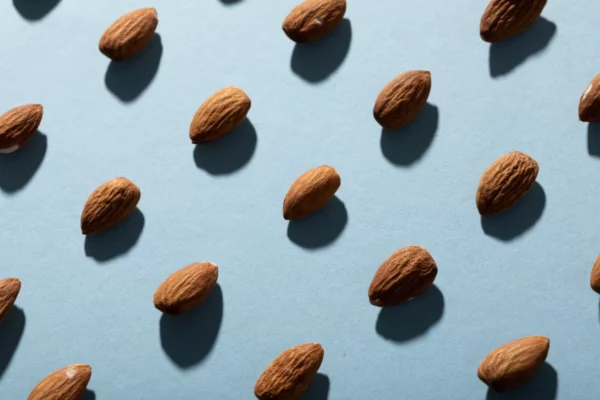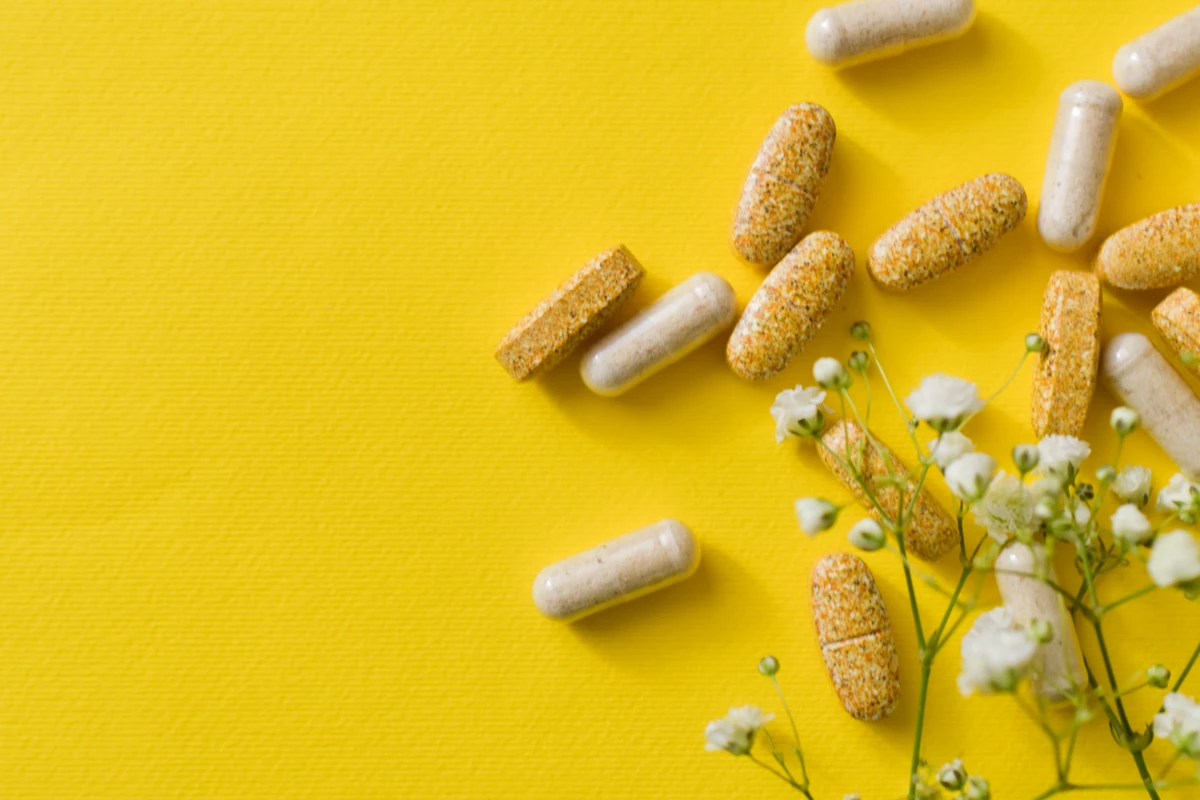Whole grain oats, also known as whole oats or whole grain oat groats, are the least processed form of oats. They consist of the entire oat kernel, including the bran, germ, and endosperm. Whole grain oats retain all the natural nutrients and fiber present in the oat kernel, making them a highly nutritious choice.
We will explore the seven key nutrition facts and incredible health benefits of oats and oatmeal, highlighting the importance of whole oats, different oat varieties, and their impact on blood sugar, heart health, and digestion.
What are Whole Grain Oats?
Oats consist of different parts that together make up the whole grain. These parts include the bran, germ, and endosperm.
- The bran is the outermost layer of the oat kernel and is rich in fiber, vitamins, minerals, and antioxidants. It provides the bulk of the fiber content in whole grain oats.
- The germ is the inner part and contains healthy fats, vitamins, and minerals.
- The endosperm is the middle layer that surrounds the germ and provides carbohydrates and some protein.
Each part contributes to the overall nutritional value of oats, making them a wholesome and nutrient-dense grain. By consuming oats in their entirety, you benefit from the synergistic combination of these components.
By consuming whole grain oats, you benefit from their high fiber content, which aids in digestion, supports heart health, and helps regulate blood sugar levels. Whole grain oats are also rich in important nutrients such as manganese, phosphorus, magnesium, and B vitamins.
Whole grain oats can be used to make oatmeal, rolled oats, steel-cut oats, and other oat products. They provide a hearty texture and nutty flavor, making them a popular choice for breakfast dishes, baking, and adding nutritional value to a variety of recipes.
When purchasing whole grain oats, it’s essential to look for products that explicitly state “whole grain” or “100% whole grain” on the packaging. This ensures that you are getting the full nutritional benefits of the entire oat kernel.
Our History with Oats and Oatmeal
Oats have a long and fascinating history, with evidence suggesting that humans have been eating them for thousands of years. The origins of oats can be traced back to ancient civilizations in the Fertile Crescent of the Middle East, where they were one of the earliest cultivated crops. Archaeological findings indicate that oats were grown in Egypt as early as 2000 BCE.
Oats were initially used primarily as animal feed due to their hard texture and resistance to spoilage. However, over time, humans began to recognize the nutritional benefits and culinary potential of oats, leading to their incorporation into human diets. The consumption of oats and oatmeal became particularly popular in Northern Europe and Scotland, where oats thrived in the cool, damp climate.
In Scotland, oatmeal, known as “porridge,” became a staple food and a significant part of the traditional diet. It provided sustenance and nourishment to the Scottish population for centuries. Oatcakes, made from ground oats, also became a common food item in Scotland and other parts of Europe.
Oats made their way to North America with European settlers in the 17th century. Initially, oats were primarily used as feed for horses and livestock. However, as settlers recognized their nutritional value, oats gained popularity as a food crop. Oatmeal porridge became a common breakfast dish in many American households.
In the late 19th and early 20th centuries, advancements in milling technology made it possible to process oats into various forms, such as rolled oats and oat flour. This led to increased accessibility and convenience, further fueling the consumption of oats and oatmeal.
The long history of oats and oatmeal highlights their endurance as a nourishing and versatile food source that has stood the test of time. From their humble beginnings as animal feed to their status as a popular human food, oats have made an enduring impact on global cuisine and continue to be celebrated for their health benefits.
7 Health Benefits of Oats and Oatmeal
Today, oats and oatmeal continue to be widely consumed and appreciated for their nutritional benefits. They are recognized as a versatile and nutritious food, rich in fiber, vitamins, minerals, and antioxidants.
1. Whole Oats: The Foundation of Nutritional Value
When it comes to oatmeal, opting for whole oats is crucial. Whole oats, also known as whole grain oats or oat groats, are the least processed form of oats. They retain the bran, germ, and endosperm, providing a rich source of fiber, vitamins, minerals, and antioxidants. Consuming whole oats ensures that you receive the maximum nutritional benefit from this grain.
2. Blood Sugar Regulation with Oatmeal
Oatmeal, particularly the soluble fiber it contains, plays a significant role in regulating blood sugar levels. Beta-glucan fiber found in oats forms a gel-like substance in the digestive tract, slowing down the absorption of glucose into the bloodstream. This slower release of sugar helps to stabilize blood sugar levels, making oatmeal an excellent choice for individuals with diabetes or those looking to manage their blood sugar.
3. Differentiating Instant, Steel-Cut, and Rolled Oats
When shopping for oatmeal, you’ll come across different varieties such as instant oats, steel-cut oats, and rolled oats. Instant oats are pre-cooked and rolled thinner, making them quick to prepare. Steel-cut oats, on the other hand, are less processed and consist of whole oat groats cut into small pieces. They have a nuttier texture and longer cooking time. Rolled oats are steamed and then flattened with large rollers. All three types of oats offer similar nutritional benefits, but steel-cut oats generally have a lower glycemic index, providing a slower release of energy.
4. Heart-Healthy Benefits of Oatmeal
Including oatmeal in your diet can have a positive impact on heart health. The soluble fiber in oats, especially beta-glucan, helps reduce LDL cholesterol levels, also known as “bad” cholesterol. By lowering LDL cholesterol, oatmeal contributes to a reduced risk of heart disease and cardiovascular diseases. The phenolic compounds present in oats also exhibit anti-inflammatory effects and support overall heart health.
5. Digestive Health Boost with Oat Bran
Oat bran, the outermost layer of the oat grain, is rich in dietary fiber, particularly insoluble fiber. This fiber adds bulk to the stool, promoting regular bowel movements and preventing constipation. Including oat bran in your diet can contribute to a healthy digestive tract and aid in maintaining a well-functioning gastrointestinal system.
6. Oatmeal as a Whole Grain Powerhouse
Oatmeal falls under the category of whole grain foods, which are an essential part of a healthy diet. Unlike refined grains such as white bread or white rice, whole grains contain all parts of the grain, including the bran, germ, and endosperm. This intact structure provides a higher content of fiber, vitamins, minerals, and beneficial fatty acids. Consuming whole grain oats and oatmeal is associated with a reduced risk of diabetes, heart disease, and certain types of cancer.
7. Dietary Fiber and Weight Management
Oatmeal’s high fiber content contributes to satiety, making it a satisfying and filling breakfast option. By keeping you full for longer periods, oatmeal can help control appetite and prevent overeating. Additionally, the complex carbohydrates found in oatmeal provide a steady release of energy, supporting stable energy levels throughout the day. Including oatmeal in a balanced diet can be a valuable tool for weight management and maintaining a healthy body weight.
Incorporating Oatmeal into Your Diet
Now that we’ve explored the incredible health benefits of oatmeal, how can you incorporate it into your daily routine? Here are a few ideas:
1. Classic Hot Oatmeal: Start your day with a comforting bowl of hot oatmeal. Prepare it with your choice of milk, water, or oat milk, and top it with fresh fruit, nuts, or a drizzle of honey or maple syrup.
2. Baking with Oat Flour: Replace some or all of the white flour in your recipes with oat flour for added fiber and nutritional value. Oat flour can be easily made at home by grinding whole oats in a blender or food processor.
3. Oats in Smoothies: Add a scoop of rolled oats to your favorite smoothie for an extra boost of fiber and a heartier texture.
4. Overnight Oats: Prepare a batch of overnight oats by combining oats, milk or yogurt, and your choice of toppings in a jar. Leave it in the refrigerator overnight, and wake up to a ready-to-eat, nutritious breakfast.
5. Oatmeal in Baked Goods: Experiment with using oats in cookies, muffins, and bread for added texture and nutritional benefits.
When purchasing oats and oatmeal, look for whole grain varieties and opt for organic whole grain oats when possible. Brands like Bob’s Red Mill offer a wide range of high-quality oat products that can be found in most grocery stores.
Remember, to reap the health benefits of oatmeal, it’s recommended to consume at least half of the grains in your diet as whole grains, as suggested by the dietary guidelines provided by the federal government. Adding oats and oatmeal to your meals and snacks can be an excellent way to achieve this recommendation.
In conclusion, oatmeal is a versatile and very nutritious food that offers numerous health benefits. From its ability to regulate blood sugar levels and support heart health to promoting digestive health and aiding in weight management, oatmeal is a powerhouse of nutrition. By incorporating whole oats and oatmeal into your diet, you can enjoy the added benefit of a reduced risk of heart disease, improved digestion, and increased energy levels. So, why not embrace the power of oatmeal and experience the significant benefits it has to offer?









